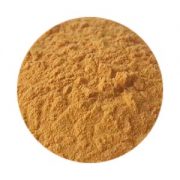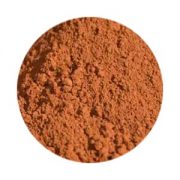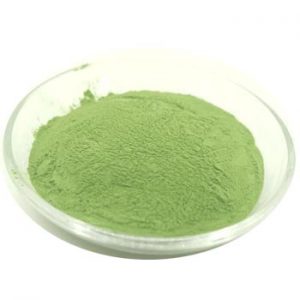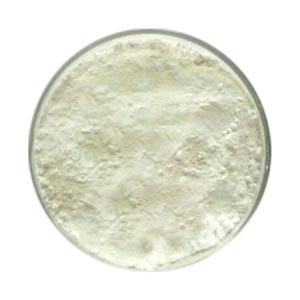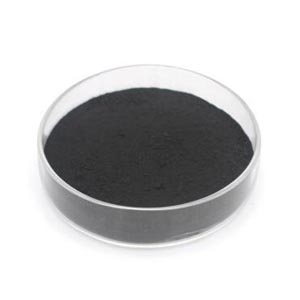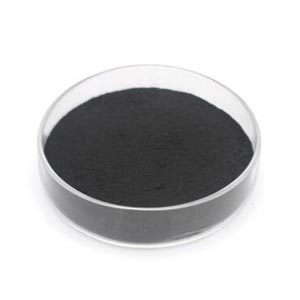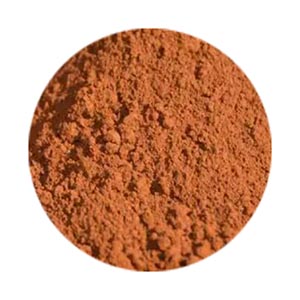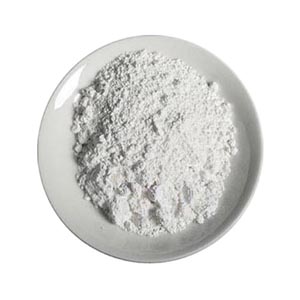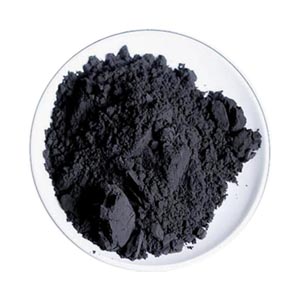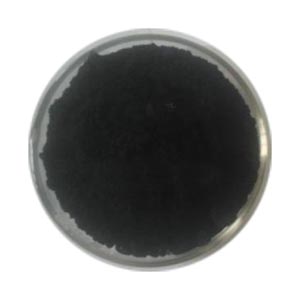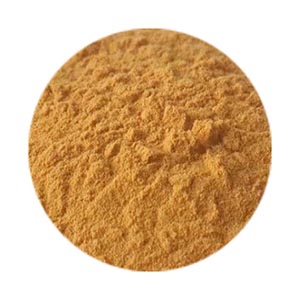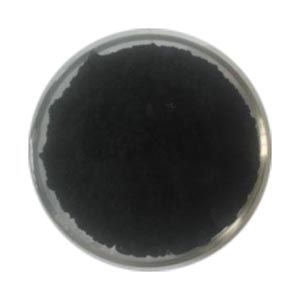
Lithium iron phosphate
English name: Lithium iron phosphate carbon coated
Alias: Ferrous lithium phosphate, NP 1; NP 1 (phosphate); PT 30; PT 30 (phosphate); Phos-Dev 21B, Lithium iron phosphate
Molecular formula: LiFePO4
Molecular weight: 157.76
CAS NO .: 15365-14-7
- 描述
- Inquiry
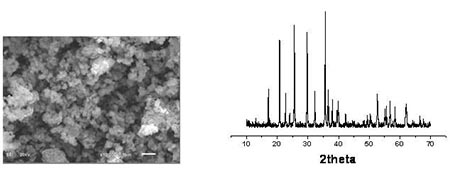
Lithium iron phosphate is a new generation of lithium battery cathode material, is continued lithium cobalt oxide, lithium manganese oxide, ternary material after the development of a new generation of lithium-ion material; precisely because lithium iron phosphate cathode material battery safety performance, long service life , Can be a large current charge and fill, make up for other serious shortage of lithium batteries; existing battery materials, only lithium iron phosphate cathode material is most suitable as a large power battery, energy storage battery; current use of lithium iron phosphate mainly by the battery Production technology, battery control technology, and the terminal use of serious constraints; with the development of new energy technologies and the implementation of national new energy policy, lithium iron phosphate cathode material will play an epoch-making role.
Production Technology and Advanced Nature of Lithium Iron Phosphate Cathode Material
1, lithium iron phosphate cathode material used in accordance with the use of iron can be divided into three production process routes: ferrous oxalate process line, iron oxide process line, ferric phosphate process line;
2, ferrous oxalate process line: the stability of the product is poor, complex process, difficult to control;
3, iron oxide process line: the raw materials, equipment, high demand, product capacity is low, the technical difficulty;
4, ferric phosphate process line: the requirements of raw materials and equipment is low, the product capacity, performance, process is simple, easy to control;
Now at home and abroad lithium iron phosphate production companies have to change the production process, the use of ferric phosphate technology to produce lithium iron phosphate material.
Characteristics of Lithium Iron Phosphate Materials
1, the use of solid-phase sintering method, accurate ingredients, high manufacturing efficiency, product stability and consistency is good;
2, the unique post-processing technology, quality and stability, so that the final product has excellent processing performance;
3, sub-nanometer level of a grain, olivine-type structure, and covered with a super conductive network, the product resistance is small, to achieve high magnification charge and discharge, excellent follow Ring performance.
Application areas:
⑴ energy storage equipment
Solar energy, wind power system of energy storage equipment, uninterruptible power system UPS, with the use of solar cells as energy storage equipment (BYD has been in the production of such batteries);
⑵ power tools category
High power power tools (wireless), electric drill, weeding machine;
⑶ light electric vehicles
Electric locomotives, electric bicycles, recreational vehicles, golf carts, electric push machines, clean cars, hybrid vehicles (HEV), the recent 2-3 years target;
⑷ small equipment
Medical equipment: electric wheelchair, electric scooter), toys (remote control electric aircraft, cars, boats);
⑸ other small appliances
Miner’s lamp, implantable medical device (lithium iron phosphate non-toxic, lithium battery can only meet the requirements of lithium), instead of lead acid, nickel hydrogen, nickel cadmium, lithium cobalt, lithium manganese batteries in small appliances on the application.
(6) mobile power
German new energy company Deboch after long-term research, the successful development and production of composite nano-materials lithium iron phosphate battery to improve the unit capacity ratio, to overcome the lithium iron phosphate unit volume is too large, does not apply to the field of digital products problems. Now a single section 32650 (diameter 32mm, length 65mm) specifications battery, the capacity exceeded 6000mAh, through two with, you can reach 12000mAh. Mobile power of up to 38.4Wh, enough to 5.3Wh (1432mAh) iPhone4S charge nearly 6 times, suitable for long-distance outdoor travel users.
Performance
High energy density,
The theoretical specific capacity of 170 mAh / g, the actual product capacity can exceed 140 mAh / g (0.2C, 25 ° C);
safety,
Is the most secure lithium-ion battery cathode material; does not contain any harmful heavy metal elements;
long life
In the 100% DOD conditions, can charge and discharge more than 2000 times; (reason: lithium iron phosphate lattice stability is good, lithium ion embedded and out of the lattice of little effect, and therefore has a good reversibility. Is the electrode ion conductivity is poor, not suitable for high current charge and discharge, blocked in the application of the solution: the electrode surface coated with conductive material, doped for electrode modification.
相关产品
-
Nanometer Aluminum hydroxide
Other name: Alumina trihydrate; Aluminium hydrate
CAS no. : 51-21645-2
EINECS no. : 244-492-7
Molecular formula: Al(OH)3
Molecular weight: 78.0027
Melting point: 300 ℃ (lose) water
Solubility: insoluble
-
Nano nickel oxide
English alias: Nickel sesquioxide; Nickelic oxide; Nickel peroxide; Nickel oxide (Ⅲ)
The CAS number: 1314-06-3
EINECS no. : 215-217-8
Molecular formula: Ni2O3
Molecular weight: 165.38
-
Osmium Tetroxide
Other name: Osmium(VIII) oxide; tetraoxoosmium; Osmium oxide
CAS no. : 20816-12-0
EINECS no. : 244-058-7
Molecular formula: O4Os
Molecular weight: 254.2276
Melting point (℃) : 41.0
Relative density (water =1) : 4.91
Boiling point (℃) : 130
Saturated vapor pressure (kPa) : 0.93/20 ℃
-
Stannic Sulfide
Other name: tin monosulfide, tin(ii) sulfide, Tin sulphide; thioxostannane
Chemical formula: SnS
Molecular weight:150.775
CAS number: 1314-95-0
EINECS: 215-248-7
Melting point : 880 ℃
Boiling point: 1230 ℃
Water: insolubility
Density: relative density 5.22
Molality: 150.775 g/mol g·mol⁻¹
-
Zinc telluride
Other name: tellanylidenezinc
CAS no. : 1315-11-3
EINECS no. : 215-260-2
Formula: TeZn.
Molecular weight: 193.009
Melting point is 1238.5 ℃
Density: 6.34 g/Ml at 25 ℃
-
Calcium copper titanate
Molecular formula: CaCu3Ti4O12
Structure: Perovskite cubic crystalCalcium Copper Titanium Oxide, also known as CCTO, is a high dielectric constant inorganic energy storage materials, is the production of super capacitor one of the best materials. CCTO has a good overall performance, it is in the high-density energy storage, thin film devices (such as MEMS, GB-DRAM), high dielectric capacitors and a series of high-tech fields have been widely used.
-
Nanometer Tin oxide
English alias: Tin (IV) oxide; Tin Dioxide;
CAS no. : 18282-10-5; 1332-29-2
EINECS no. : 242-159-0; 215-569-2
Formula: SnO2
Molecular weight: 150.69
Density: 6.95
Melting point: 1127 ℃
Solubility: INSOLUBLE
-
Manganese sesquioxide
Alias:; Manganese (III) oxide ; Dimanganese trioxide; Manganese oxide
CAS Number: 1317-34-6
EINECS number: 215-264-4
Molecular formula: Mn2O3
Molecular weight: 157.8743Grade: Electronic grade
Assay: 98% -
Cobalt iron oxide
Other name: Cobalt ferrite, cobalt diiron tetraoxide, dicobaltous diferric oxygen(-2) anion
CAS no. : 12052-28-7
EINECS no. : 234-992-3
Molecular formula: CoFe2O4
Molecular weight: 234.6208
-
Tin Disulfide SnS2
Purity: ≥99%-99.9%
Particle size: D50=11μm
Character: yellow hexagonal flakeOther name: Stannic sulfide; Tin disulphide; Tin sulfide (SnS2)
CAS Number: 1315-01-1

